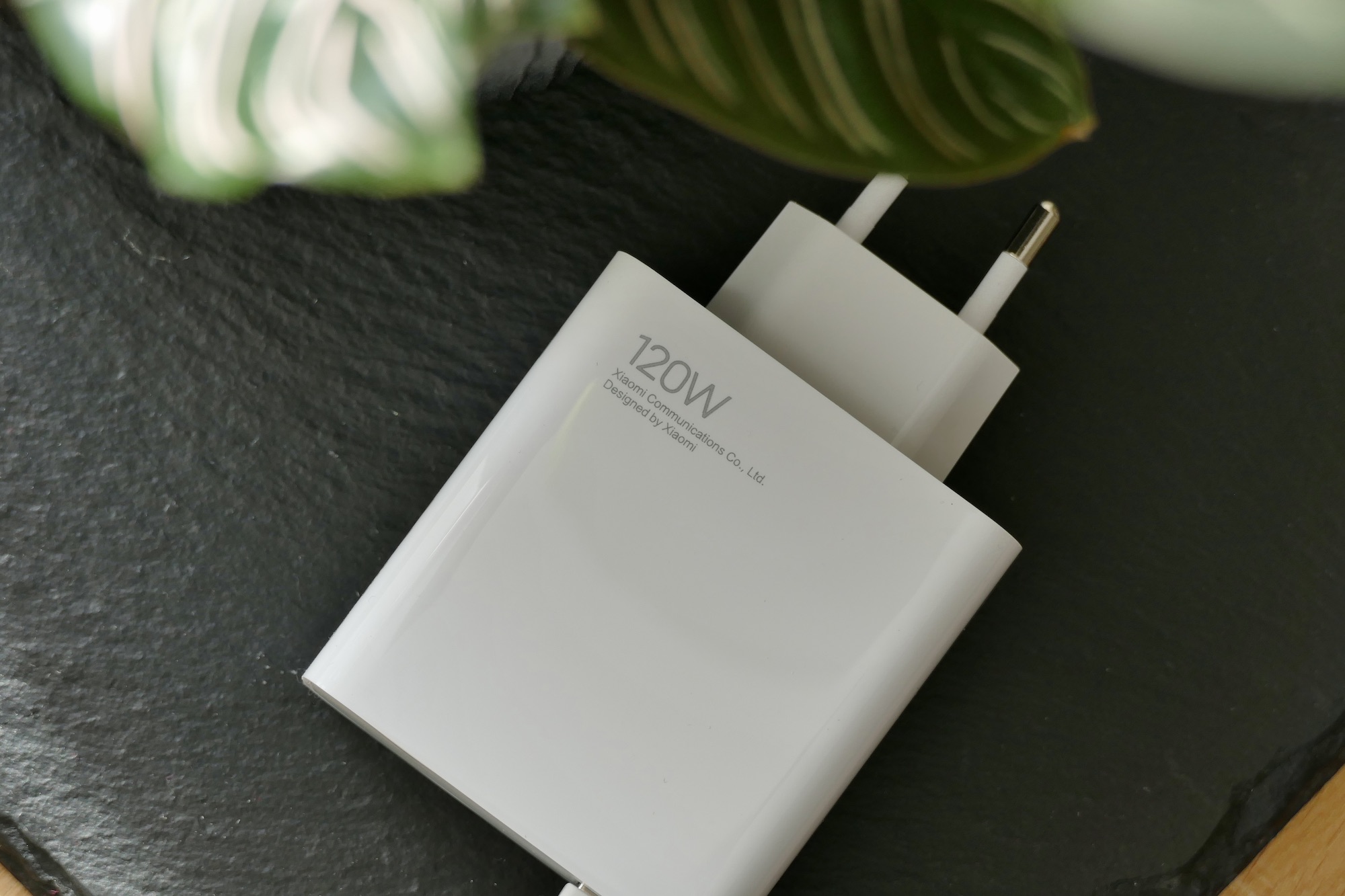If you’re familiar at all with the Xiaomi range of flagship phones, you may have expected its latest models to be called Mi 12, but Xiaomi dropped the Mi name in 2021, leaving the latest phones to only be identified by a rather bland number. It’s a pretty safe design too, particularly in terms of the gray color seen in our photos, so it seems intent on being as serious as possible.
Does this restraint also represent the tech inside? Certainly not when it comes to the incredibly fast battery charging, but what about the rest? Here’s what using the Xiaomi 12 Pro has been like for the last week.
Xiaomi 12 Pro specifications
Before getting into detail, it should be noted that due to a technical issue with my review sample, I have not used the phone with a SIM card so cannot comment on its day-to-day performance as of yet. I have contacted Xiaomi to better understand what has caused the problem. However, I have used the phone over a period of time with Wi-Fi at home, and unconnected when out and about.

Xiaomi’s 12 Series takes on the Galaxy S22 series, with the Xiaomi 12 Pro pitched against the Galaxy S22 Plus. There’s no 12 Ultra model as yet, but as Xiaomi did release an 11 Ultra, it’s entirely possible one will come at a later date. Let’s talk about the specifications. It has a 6.73-inch AMOLED screen with a dynamic 120Hz refresh rate, a maximum 3200 x 1440 pixel resolution, Dolby Vision and HDR10+ certification, and a 480Hz touch sampling rate.
The 12 Pro uses Qualcomm’s latest Snapdragon 8 Gen 1 processor and the version tested here has 12GB of RAM and 256GB storage space. Xiaomi’s new MIUI 13 software built over Android 12 is installed. The phone supports Sub-6 5G and NFC, plus Wi-Fi 6, Wi-Fi 6E, and Bluetooth 5.2, and there is a quad speaker system with Dolby Atmos and Harmon Kardon tuning. The 4,600mAh battery has 120-watt HyperCharge fast charging and 50W wireless charging support.

Xiaomi has fitted the phone with a 50-megapixel Sony IMX707 camera with an f/1.9 aperture, 8K video support, 4K with HDR10+ recording, and a pro mode with motion and eye tracking. It’s joined by a second 50MP camera for 115-degree field-of-view wide-angle shots and a 50MP telephoto camera. In the screen is a 32MP selfie camera, also with HDR10+ video recording.
Charging the 12 Pro
Inside the Xiaomi 12 Pro’s box is a 120W HyperCharge fast charger and a USB Type-C cable. Plug your phone into it and prepare to be astonished by the charging speed on offer here. From absolutely flat, the 12 Pro’s battery zipped to 48% in 10 minutes, 86% after 20 minutes, and on to full in only 23 minutes. This is an incredible rate of speed, and it’s one of the fastest charging systems I’ve tested yet.

The block itself is massive and quite heavy, plus you do need to use the included USB cable to be assured of the top speed, but the sheer convenience of HyperCharge means this isn’t a problem. If you’ve been used to a phone taking an hour to fully charge, it’s hard to get your head around how transformative it is to see 100% displayed on the screen after a quarter of this time. I’ve barely made breakfast before it’s all done.
Due to not being able to use the phone with a SIM card, it’s difficult to assess battery life. By default, the screen is set to an FHD+ resolution, but turned up to the maximum QHD resolution, it did drain quickly when watching video, with 20% disappearing in less than two hours.
Shooting photos
The 12 Pro’s camera specifications look very impressive on paper, and I was keen to get out and take photos with it. Xiaomi’s camera tuning and software sometimes negatively affect performance though, no matter how top-notch the numbers are, so my expectations were kept in check.

MIUI 13’s camera app is simple to use, with a format that will be familiar to anyone who has used a Samsung or OnePlus camera recently. There’s an A.I. setting that works like a scene-recognition feature and also boosts color, contrast, and saturation levels. Despite a 50MP telephoto camera, the only shortcut in the app is a 2x option, but you can swipe to zoom up to 20x digitally.
Performance is mixed. The photos it takes during the day are detailed and free from edge enhancement, and the consistency between the main and wide-angle camera is acceptable as well. However, the colors can be quite muted throughout and low levels of contrast (particularly in wide-angle shots) mean some photos lack punch. Edge recognition using portrait mode can give photos a very artificial look, and portrait mode on the selfie camera isn’t very good at all. Stay away from portrait on the front camera and selfies have a lovely natural tone with a high level of detail, plus a decent depth of field.
The 2x zoom’s color and exposure are very similar to the main camera, resulting in a consistent look, but the quality isn’t always very good when you zoom in. The main camera isn’t very happy getting in close to subjects either, and several shots I’ve taken have shown to be unexpectedly out of focus when I look at them later. For video, there’s the Movie Effects mode to experiment with — you can freeze frames, play with the zoom, and add a mirror effect — but these seem identical to the ones on the Xiaomi 11 series, and are quite gimmicky.
I am using the camera ahead of the phone’s global release and a software update may arrive to change the camera’s performance, but it’s worth noting that I have already applied one major software update (4GB!), and the phone has been available in China since the end of 2021. It’s a good camera, but nothing remarkable.
Holding and using the 12 Pro
At 8mm thick and 205 grams in weight, the Xiaomi 12 Pro is quite similar in size to most other recent flagship phones, including the Google Pixel 6 Pro, the Oppo Find X5 Pro, and the OnePlus 9 Pro. The gentle curves at the sides make the phone comfortable to hold, and it’s all well balanced too, so it never feels top-heavy when you’re holding it in one hand. The glass rear panel has a distinct matte texture to it that is grippy and reassuring. A transparent soft case comes in the box with the phone.

You can buy the 12 Pro in purple or blue, which are far brighter options for those turned off by this bland gray. There’s little flair in the design, with the camera module a simple rectangle with some cameras in it, leaving only the flowing shape of the speaker grilles to grab some attention. There’s not much here that makes the 12 Pro look unique and interesting, unlike the completely crazy Xiaomi Mi 11 Ultra from last year, for example.
MIUI 13 is slick. The operating system is very fast, the animations very smooth, and all my apps have worked without an issue. I like the animated wallpapers available, and appreciate the customization options that never feel overwhelming. The design is attractive and has a uniform look throughout, but it wouldn’t be MIUI without a few issues.
The system menu is oddly laid out — About Phone does not need to be the first option when you open Settings — and the massive collection of new widgets that are supposedly part of MIUI 13 doesn’t really look that different from other phones. For the first few days, the operating system was not that stable either, with a few unexpected crashes. An update seems to have calmed that down.
Asphalt 9: Legends plays at warp speed and looks fantastic, plus gameplay is really enhanced by the excellent speakers, which get very loud and sound full and exciting. Video looks great and the screen is extremely responsive, but I have noticed it’s not always very good at palm rejection or recognizing touch on the curved sides of the screen.
Price and availability
The Xiaomi 12 Pro will be released in Europe, Southeast Asia, Latin America, and the Middle East. A North American release is not expected. The Xiaomi 12 Pro starts at $999 for the 8GB/256GB version. The exact release date has not been confirmed at the time of writing.
Capable of taking on the competition?
The Xiaomi 12 Pro’s price puts it in direct competition with the Samsung Galaxy S22 Plus and the Apple iPhone 13 Pro. The screen, speakers, and performance rival both, while the fast charging easily beats the two rivals, so it unquestionably delivers a flagship phone experience here. However, the camera isn’t as dependable as the iPhone 13 Pro’s and it’s not as versatile or fun as the S22 Plus’s, while the software won’t be to everyone’s taste.
If the camera took slightly more visually exciting photos and nailed the fundamentals more effectively, the Xiaomi 12 Pro would be well-positioned to take on these two giants. As it stands, the phone’s overly businesslike look doesn’t hide anything really extraordinary, and the 12 Pro ends up being a little ordinary because of it.
Editors' Recommendations
- The first Google Pixel 9 Pro hands-on photos are here
- 5 phones you should buy instead of the Google Pixel 8 Pro
- These are the best smartphones from MWC 2024
- Don’t buy a Galaxy S24 Ultra or iPhone 15 Pro Max. Do this instead
- OnePlus is about to put the Google Pixel 8 Pro to shame






















